From epic magical worlds to just a splash of magic; from supernatural beings to humans having superpowers; from mythical quests to historical legends. Truly, out of all fiction genres, it is fantasy fiction that offers a variety of literary possibilities! Thankfully, the fantasy genre is further divided into subgenres to keep track of what it offers.
While there are many sub-genres (more than fifteen, mind you!), most of them overlap with each other a lot. As a result, I have rounded up the popular yet still fascinating subgenres of fantasy. Interestingly, you might have already read these genres without knowing their names. Well, now is the time to find out all about them!
-
High Fantasy
High fantasy, or epic fantasy, is the type of fantasy where the novel takes place in a completely fictional world. This world is different from the world we live in, functioning on its own unique laws and rules. Here, the main character, or a set of heroes, are in the focus, who usually have the power to alter this world’s fate.
The plot and theme of high fantasy, therefore, are epic, where magic, fantasy creatures, and other weird elements are the norm. Generally, high fantasies are a well-planned series, with a lot of attention given to the world and the characters in it.
Examples: A Court of Thorns and Roses (Sarah J. Maas), A Song of Ice and Fire (George R.R. Martin), The Lord of the Rings (J.R.R. Tolkien).
-
Low Fantasy
Low fantasy, or intrusion fantasy, is the opposite of high fantasy, as it is set in the normal human world. The twist is that the magic and fantastical creatures intrude on this world, creating a poignant duality in the narrative. Here, characters can either possess supernatural powers or be normal humans who stumble upon something fantastical.
There is no new fantasy world to build here. Instead, focus more on giving the plot the right balance of fantasy and realism to make the novel interesting. The books of this genre, therefore, dabbles in magic realism, paranormal, and contemporary themes to achieve its goal.
Examples: Camp Half-Blood Chronicles (Rick Riordan), Good Omens (Terry Pratchett and Neil Gaiman), The Infernal Devices (Cassandra Clare).
-
Dark Fantasy
This sub-genre is where fantasy collides with horror, resulting in dread-filled magical settings! The dark fantasy novels, therefore, feature dark, dystopian settings, where terrible, evil things are never out of the ordinary. Characters have to live in and interact with decaying places and unsafe environments. On top of that, the characters themselves aren’t inherently good; rather, they are morally ambiguous, reflecting their gloomy surroundings.
Despite the horror being a part of the subgenre, the goal of dark fantasy is not to scare the readers. Instead, this unique blend of horror and fantasy is put in place to add more intrigue to the plot. And with the sprinkle of flawed characters, the readers are always keen to open profound discourse on the genre!
Examples: Imajica (Clive Barker), Daughter of the Blood (Anne Bishop), The Dark Tower Series (Stephen King).
-
Portal Fantasy
Portal fantasies can be any other type of fantasy, as long as there is a portal involved. This portal generally works as the bridge between the original world of the characters and the fantasy world they enter. The hero, or a band of characters, goes on a quest in this fantasy world and returns home after it.
Reading a book is an escape in itself. But what if that book has a fantasy world within the original world? As you can see, with the help of world-hopping, this type of fantasy offers an escape on two levels. Moreover, you can also find political and philosophical commentary supporting the unique structures of the worlds presented here. This makes portal fantasies even more appealing!
Examples: The Fionavar Tapestry Trilogy (Guy Gavriel Kay), Coraline (Neil Gaiman), The Chronicles of Narnia (C.S. Lewis).
-
Bangsian Fantasy
Bangsian fantasy is a subgenre where the main setting is always the afterlife. The protagonist, often famous figures or mythical characters, is usually dead and has entered the afterlife. Their life after death is what this genre is about!
More focus is on exploring themes related to death, which gives an opening to discuss morality, human existence and the afterlife. In addition, the sub-genre satirizes religious beliefs and cultural norms, giving it a humorous touch.
The credit for this genre goes to John Kendrick Bangs, whose name is also the inspiration behind the term. While works with such themes were already present in literature, it was his works that shaped this genre.
Examples: The Ghost Bride (Yangsze Choo), What Dreams May Come (Richard Matheson), A House-Boat on the Styx (John Kendrick Bangs)
-
Comic Fantasy
This sub-genre is pretty self-explanatory because it is a type of fantasy where you will find a lot of humour! The setting is often imaginary and whimsical, while mythical figures and supernatural elements contribute as comic relief. The main characters of such novels are often quirky and weird, cementing the comedic tone of the fantasy.
Yet, there is still some kind of seriousness associated with this genre because it is, after all, still a fantasy. There is still magic present and the characters still are going on epic quests. As a result, such a unique contrast of seriousness with comedy turns the comic fantasy works parodic. These novels, therefore, also become a great tool to satirize the real world as well as fantasy as a genre!
Examples: Myth Adventures (Robert Lynn Asprin), Discworld Series (Terry Pratchett), Xanth series (Piers Anthony).
-
Fairytale fantasy
Even with the somewhat similar names, fairytale fantasy and fairytales are different. Fairytales come from folklore and oral storytelling traditions, with a fixed start (once upon a time) and a happy ending. On the other hand, while this subgenre gets its material from fairytales, it expands, reimagines and even subverts them. Such reworkings allow the authors to paint their stories in the most unimaginable ways!
Fairytale fantasies can also have just fairytale motifs, display elements of other types of fantasy, or have characters breaking the fourth wall. Nowadays, reinterpreting these traditional tales from a violent or erotic lens is becoming popular in this subgenre.
Examples: Stardust (Neil Gaiman), Cinder (Marissa Meyer), Uprooted (Naomi Novik).
-
Fantasy of Manners
Fantasy of manners draws its inspiration from the genre of comedy of manners. As a result, the works of this sub-genre are mostly set in Regency, Edwardian or Victorian periods, or similar fictional societies. However, the genre, instead of following the rigid manners and conventions of the said periods, satirizes them. The tone of the books, therefore, is whimsical and consequently, enjoyable!
As the rigidness (of the society) clashes with the flexibility and wildness (of magic), it gives room for fascinating conflicts to grow. These conflicts also give a great base for romance, which is quite a common theme blooming in fantasy of manners novels.
Examples: Half a Soul (Olivia Atwater), Swordspoint (Ellen Kushner), The Beautiful Ones (Silvia Moreno-Garcia).
-
Arthurian Fantasy
What sets Arthurian fantasy apart from other genres is its origin. It is based on a 6th-century British King called King Arthur, who may or may not have existed. While that is a whole other discourse, his legend has greatly influenced literature, leading to the birth of this sub-genre.
The characters here are the same – King Arthur, Queen Guinevere, and Sir Lancelot, among others – and the story revolves around them. Along with them, you’ll also see brave knights, dangerous quests, magic, and romantic relationships laced with tragedy and betrayal.
This sub-genre is a true testament to how magic, chivalry and historical legends can work well together!
Examples: The Mists of Avalon (Marion Zimmer Bradley), The Crystal Cave (Mary Stewart), Spear (Nicola Griffith).
Final Words
If you are ready to explore these intriguing types of fantasy, you are in for a real treat. These sub-genres are rich with adventure and imagination, giving you a chance to escape reality. What’s more, whether you are a history lover or a world-building enthusiast, there is a little something for every reader!

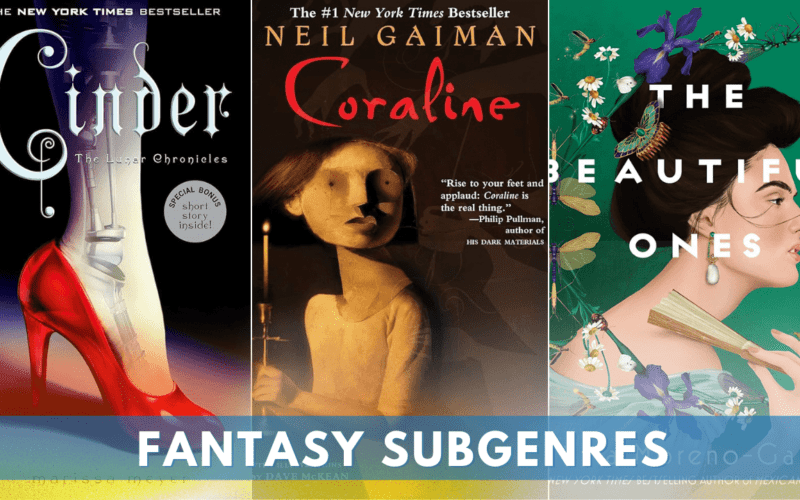
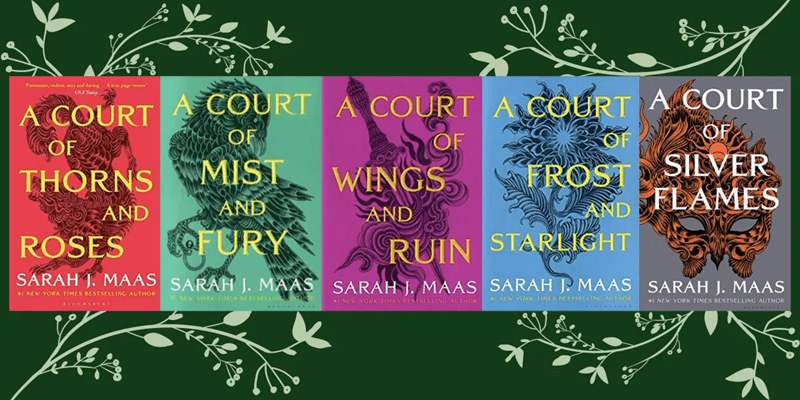
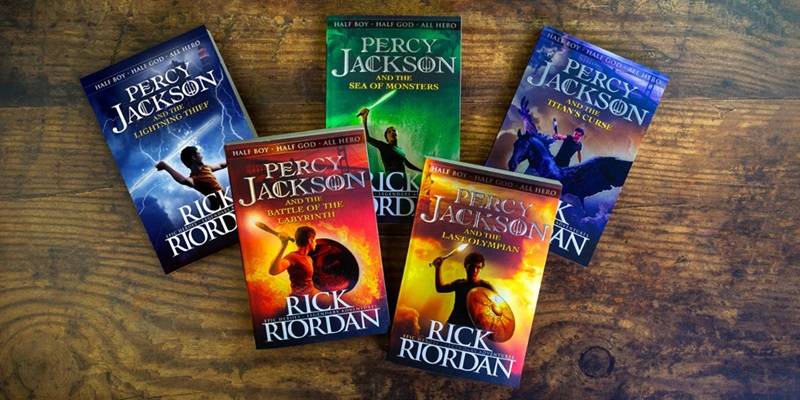
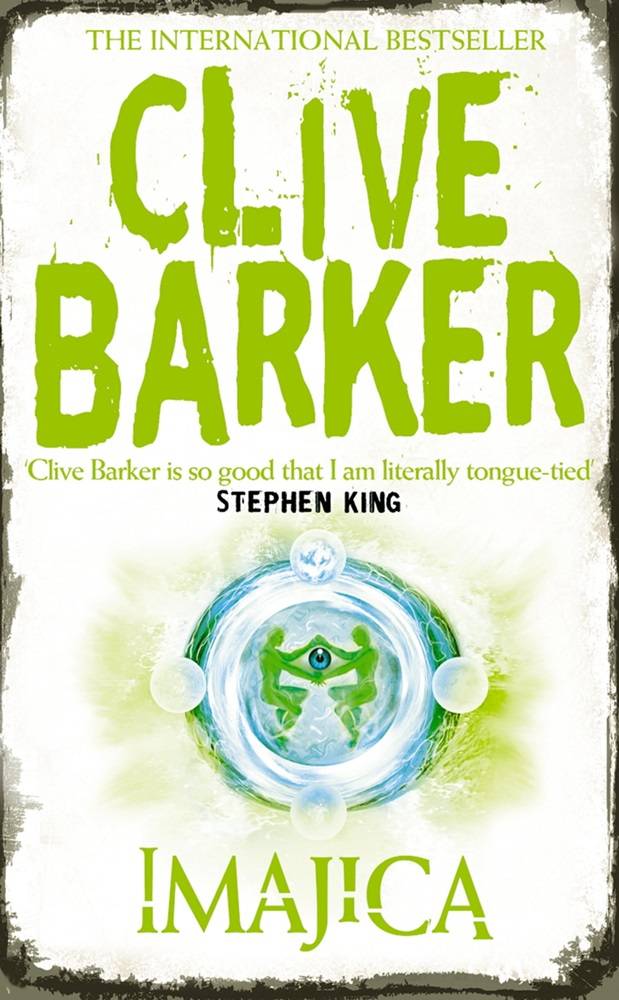
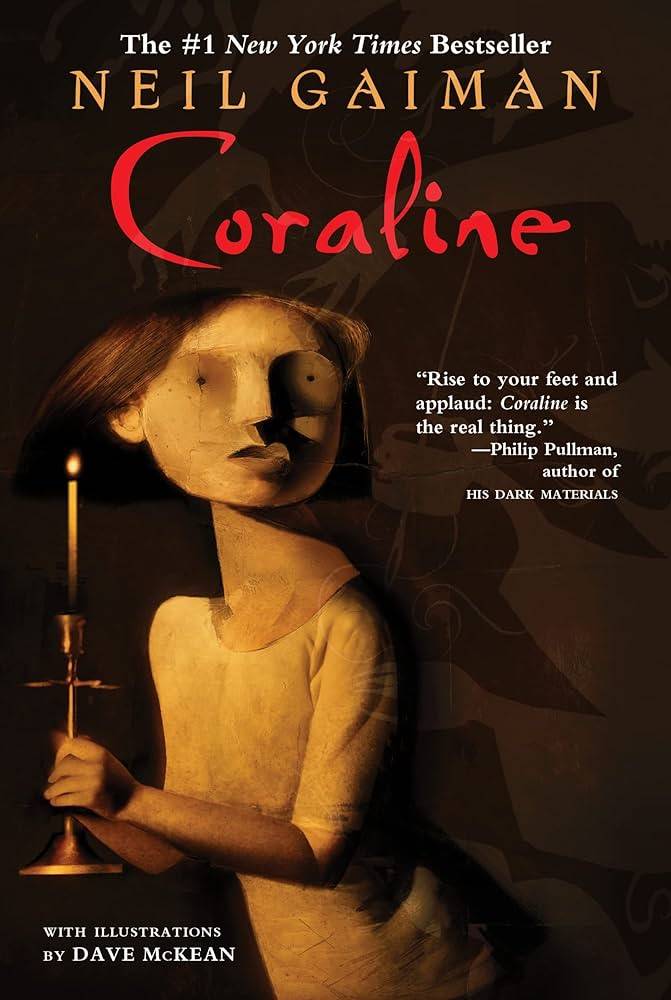
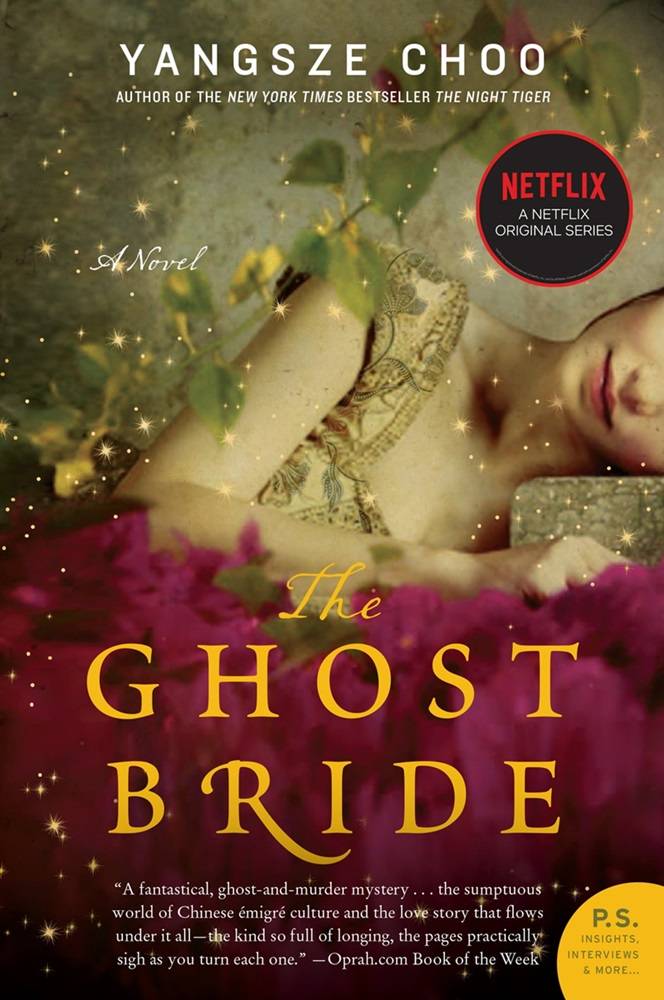
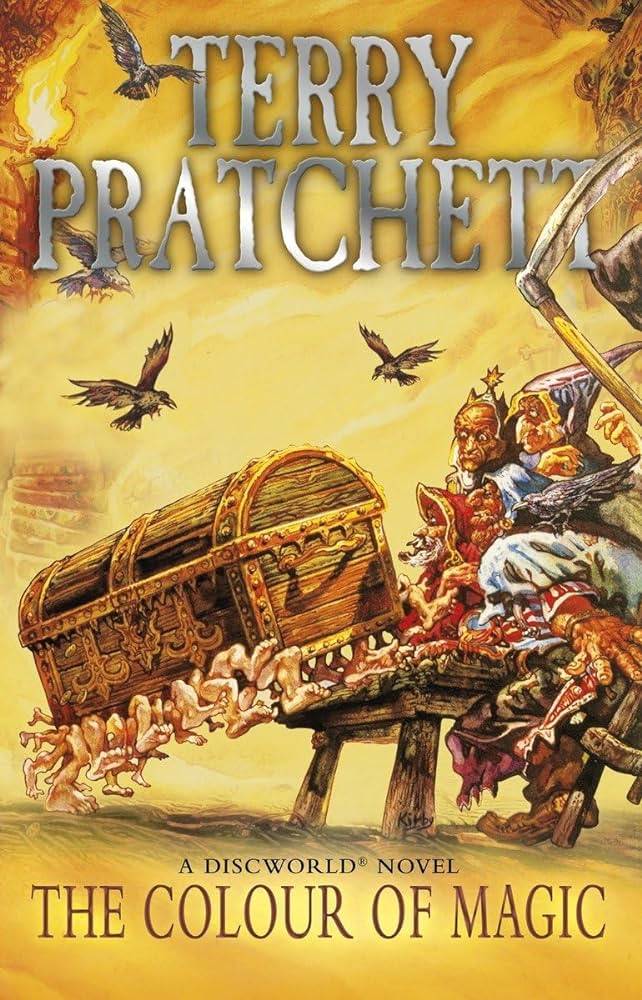
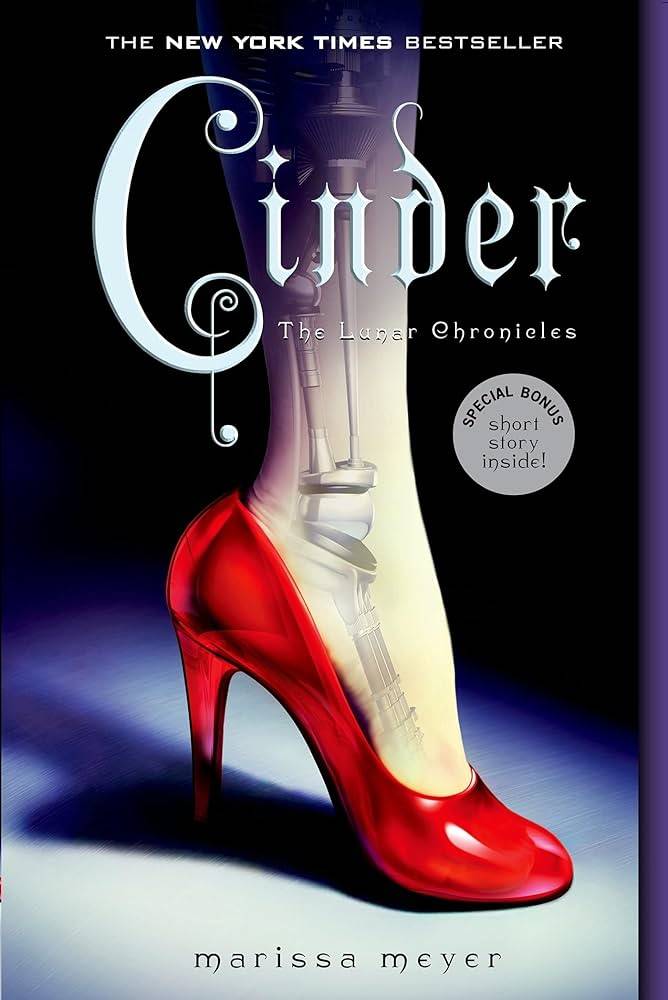
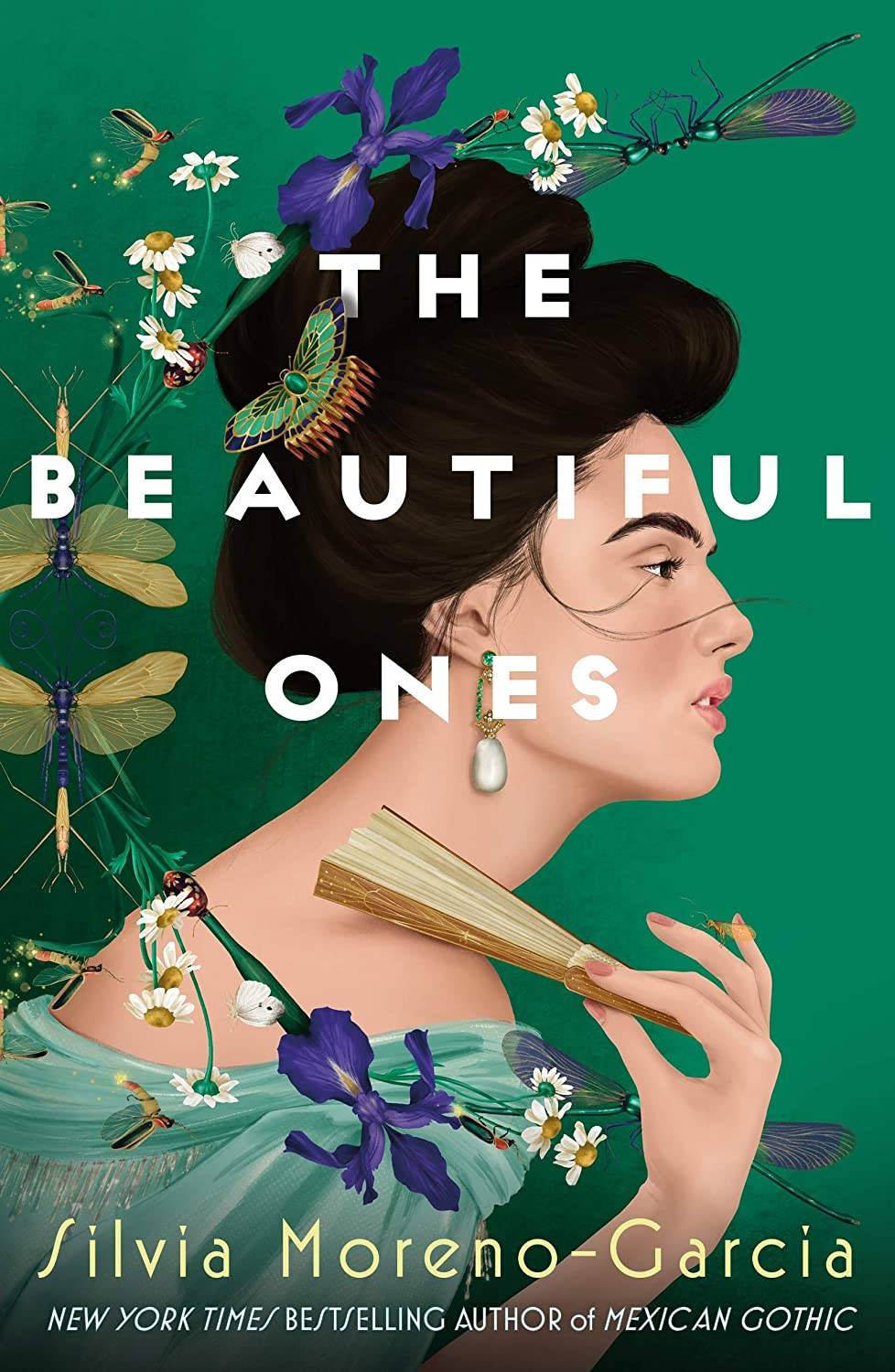
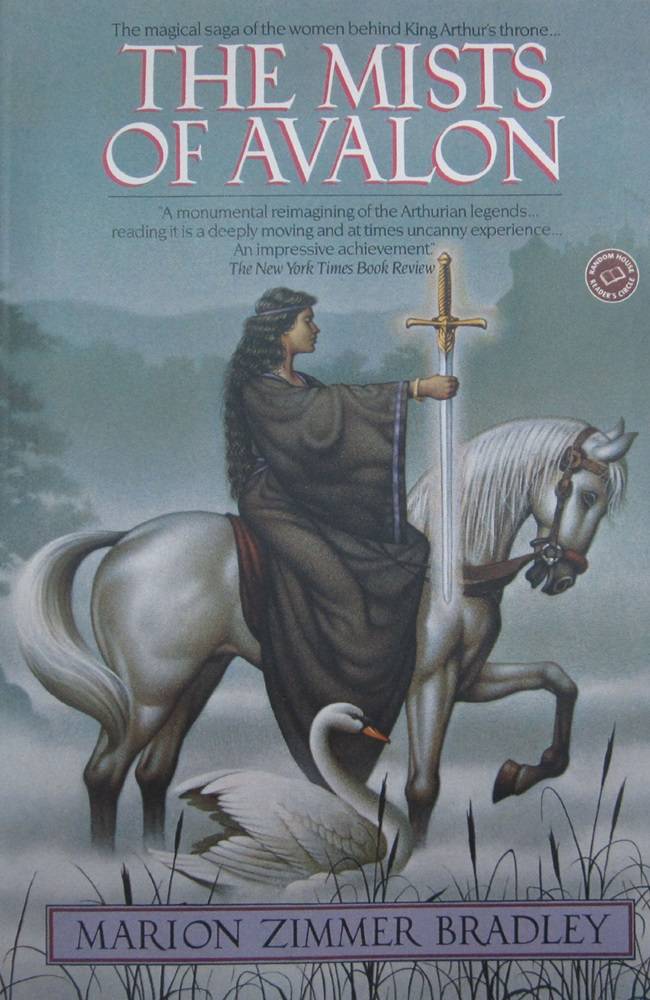
All the genres presented here are sumptuous enough to fill the reader with Ecstasy while exploring different parts of literature, it’s like a roller coaster ride where he/she will get to feel every emotion.